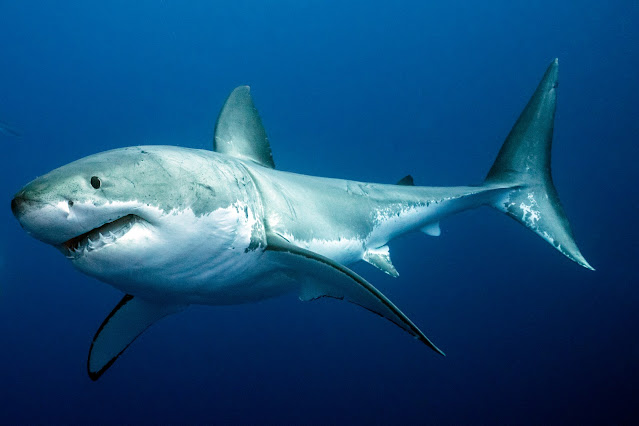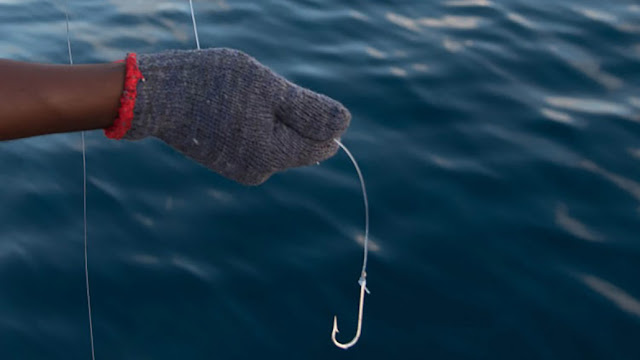Autonomous surface vessels: Cargo ships of the Future
INTRODUCTION Autonomous ships, also known as Maritime Autonomous Surface Ships (MASS), are crewless vessels that transport either containers or bulk cargo over navigable waters with little or no human interaction. Different methods and levels of autonomy can be achieved through monitoring and remote control from a nearby manned ship, an onshore control center or through artificial intelligence and machine learning, letting the vessel itself decide the course of action. Autonomous cargo ships are by some in the shipping industry viewed as the next logical step within maritime shipping, noting the general trend of automating tasks and reducing crews on ships Autonomous ships achieve autonomy by the use of technologies similarly found in autonomous cars and autopilots. Sensors provide data with the help of infrared and visual spectrum cameras supplemented by radar, sonar, lidar, GPS and AIS which will be able to supply data for navigational use. Other data such as meteorological




